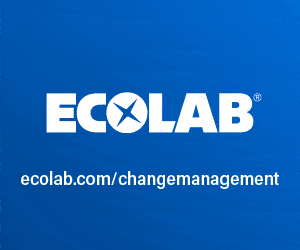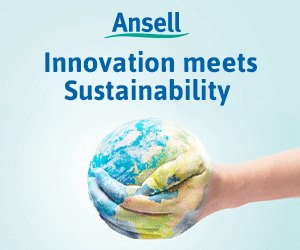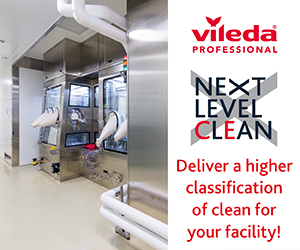The manufacture of sterile pharmaceuticals is conducted under current good manufacturing practice (cGMP). Depending on the complexity of the process, manufacturing involves multiple unit operations for upstream production and downstream product formulation. The processing of sterile pharmaceuticals takes place within cleanrooms and, in line with such controlled environments, measures are taken to minimise the possibility of the product from becoming contaminated with micro-organisms.
Until recently, most of the equipment used for manufacturing was sterilised within the production facility and reusable. The most common material was stainless steel. The past few years have seen the introduction and application of single-use technology.
Single-use, sterile disposable technologies (also referred to as biodisposable technologies or SUTs) are available in many formats and confer various advantages for pharmaceutical manufacturers. They comprise products generally manufactured from plastic polymers via the processes of injection moulding, extruding and blow moulding.1




